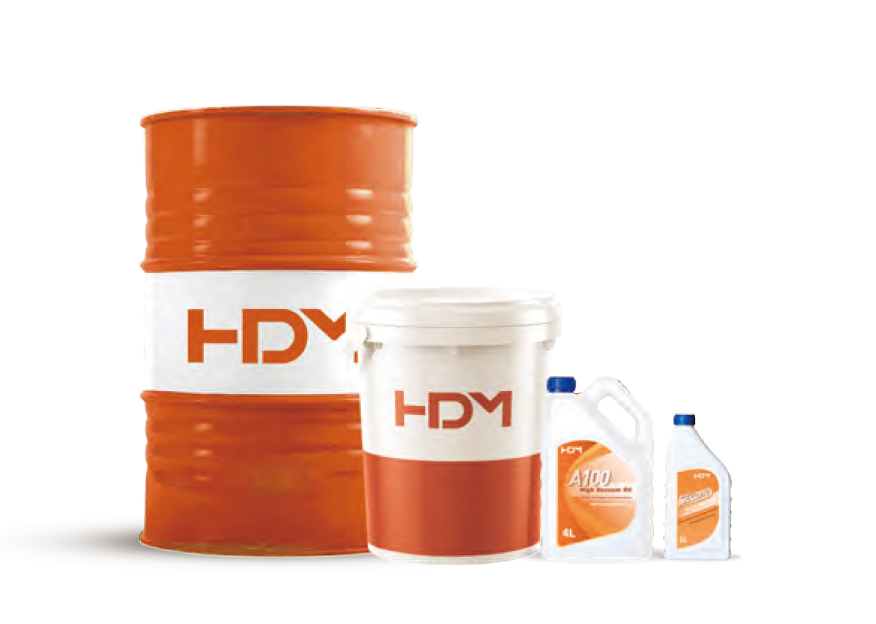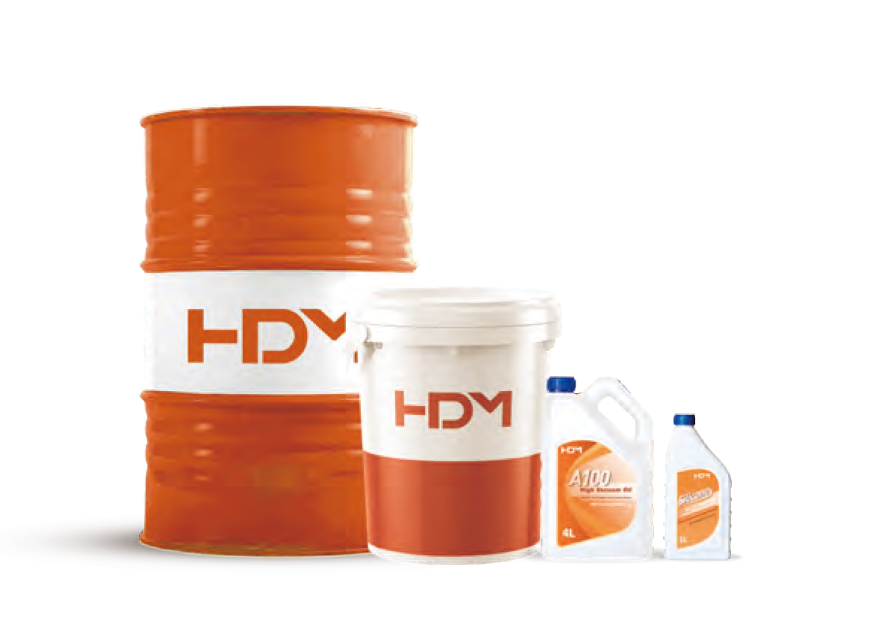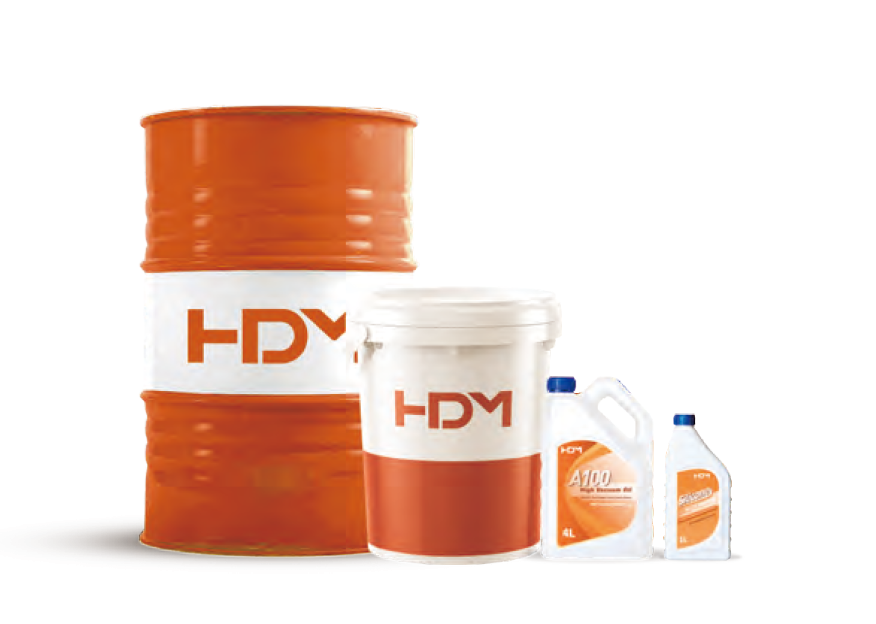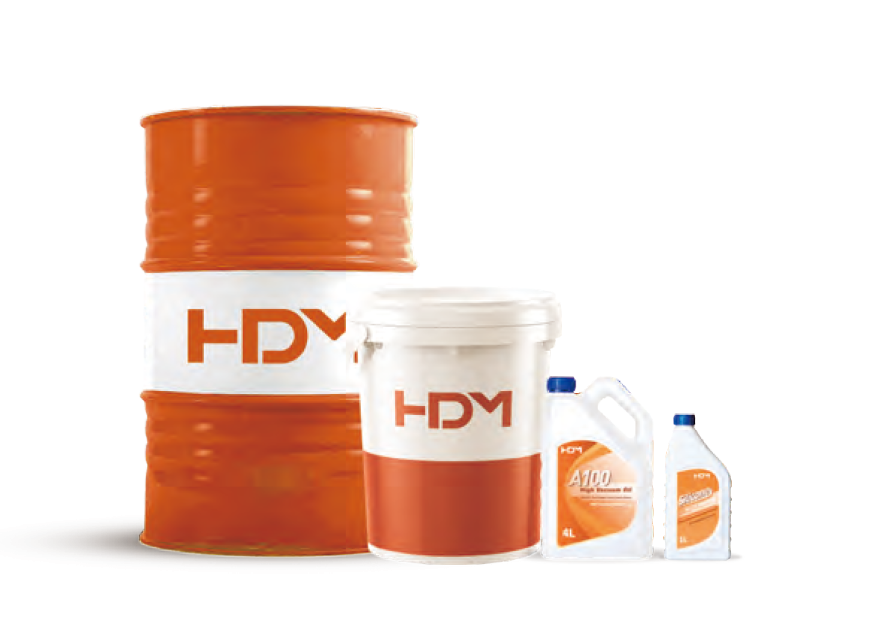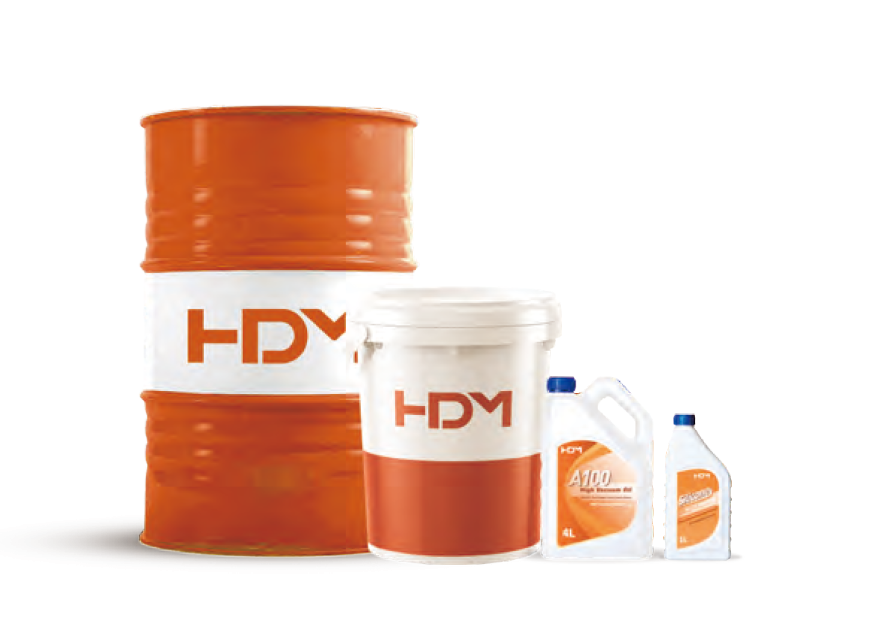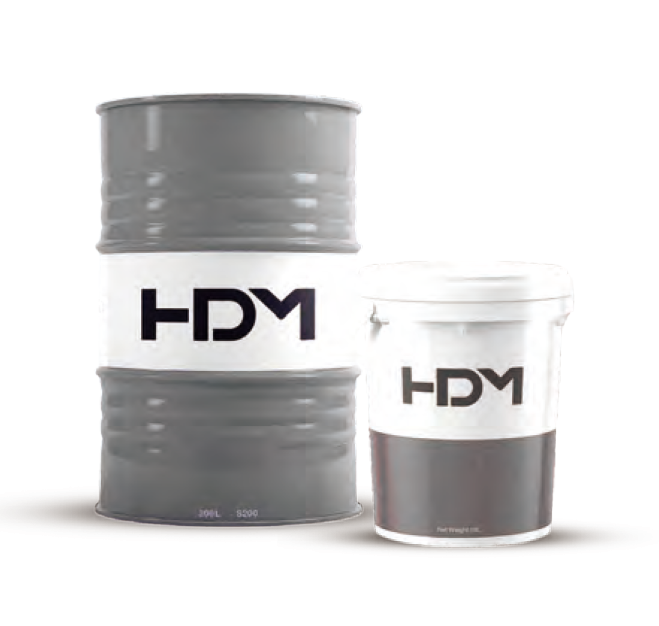Automakers and OEMs have developed a range of different technologies to electrify vehicle powertrains. In this article, we provide an overview of different engine technologies, market data and lubrication characteristics for hybrid and electric vehicles.
To reduce CO2 emissions, OEMs have been looking for low emission engine technologies as an alternative to internal combustion engines (ICE). Currently, there are different electrification solutions on the market, ranging from mild hybrid electric vehicles to fully electric vehicles.
Engine Technology Overview
The passenger car market has a variety of engine technologies:
- Internal Combustion Engine (ICE)
- Internal combustion engine (ICE) with start/stop technology
- Mild Hybrid Electric Vehicle (M-HEV): The electric motor cannot propel the vehicle by itself. It is used for starting the engine, acceleration assist and regenerative braking. This technology is used in the Honda Civic.
- Full Hybrid Electric Vehicle (F-HEV): While the battery is charged by the internal combustion engine, the electric motor independently powers the vehicle. This technology is used in the Toyota Prius.
- Plug-in Hybrid Electric Vehicle (P-HEV): This engine is similar to the F-HEV, and the battery can be charged externally or through the internal combustion engine. This technology is used in the Ford C-max Energy.
- Electric Vehicle (BEV): A battery-powered electric motor and controller for propulsion. The technology is used on all Tesla models.
- Range Extender Electric Vehicle (REEV): A BEV that also has an ICE-powered generator to supplement the battery. This technology is used in the BMW I3.
Market Acceptance of Hybrid and Electric Vehicles
Full Hybrid Electric Vehicles (FHEV) have additional features such as regenerative braking or stopping the engine at idle, which can significantly improve fuel economy and reduce CO2 emissions. This has made them increasingly popular with OEMs as a way of meeting European emissions regulations.
Many large manufacturers are developing FHEVs because they believe the technology is a good bridge before more advanced diesel and electric vehicles are fully developed.
Getting global consumers to accept hybrid and electric vehicles remains a huge challenge. In Europe, 10% of car sales last year were hybrid and electric vehicles. In the Netherlands they had almost 100.000 new cars in 2019, close to 25% of new car sales registrations.
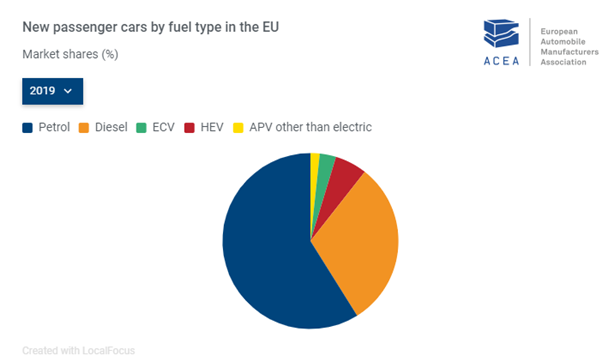
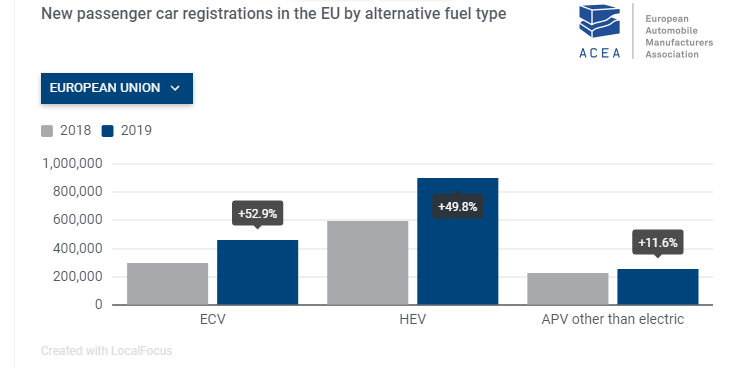
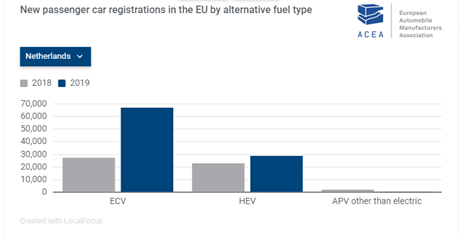
Lubrication of hybrid vehicles
Hybrid vehicles introduce a new power architecture with significantly higher average engine loads and shorter engine run times. These special situations require special lubrication solutions:
- engine oil
Transmission oil
- Manual Transmission Fluid (MTF)
- Automatic Transmission Fluid (ATF)
- Dual Clutch Transmission Fluid (DCT)
- Continuously Variable Transmission (CVT)
- engine coolant
Hybrid Vehicle Lubrication Challenges
During acceleration, the hybrid switches from one engine to the other at the appropriate moment, creating a win-win in terms of energy efficiency. This translates into lower fuel consumption and reduced CO2 emissions.
However, it also presents some specific challenges:
- When the internal combustion engine starts when the hybrid vehicle is already driving at high speed, it introduces heavy loads during cold starts, increasing the risk of engine wear.
- Moisture and acid are more likely to form due to the short operating time of the internal combustion engine.
- Insufficient use of the internal combustion engine can lead to fretting wear.
- Short trips using only the electric motor increase the risk of flooding the internal combustion engine.
These special engine operating conditions result in low oil temperatures, with which the additive chemistry must be compatible. In this harsh environment, water ingress and sludge formation can lead to severe oil degradation over time. Combined with the use of biofuels, this can further accelerate the oil degradation process in HEV applications. This means that only the highest quality motor oils are suitable for hybrid vehicles.
HDM's Blend Lubricants
HDM develops new specialty engine oils for hybrid vehicles and new specialty transmission fluids for hybrid and electric vehicle drivetrains.
They provide instant start-up lubrication in cold conditions, minimizing friction and start-up wear. They reduce fuel consumption and CO2 emissions, thereby protecting the environment.



